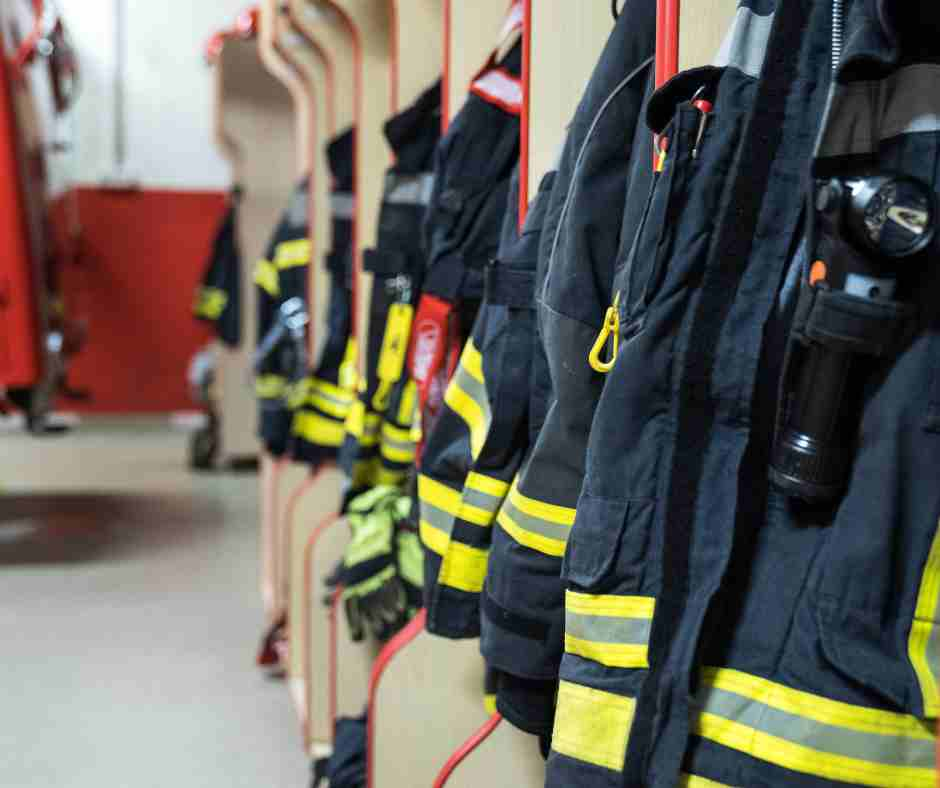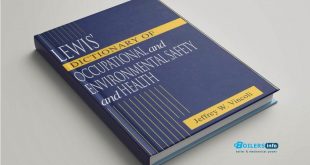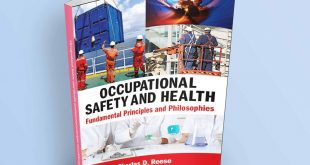Career Guide to the Safety Profession
The safety profession is a critical and rapidly growing field that encompasses a wide range of industries and disciplines. Safety professionals are responsible for ensuring the health, safety, and well-being of employees, the public, and the environment. This career guide provides a comprehensive overview of the safety profession, including the roles and responsibilities, required qualifications, career paths, and key skills needed to succeed in this field.
Overview of the Safety Profession
Safety professionals are tasked with identifying, evaluating, and mitigating risks that can lead to accidents, injuries, or environmental harm. These professionals play a vital role in various sectors, including construction, manufacturing, healthcare, chemicals, and energy, among others. Their ultimate goal is to create and maintain safe working environments for employees, as well as ensure compliance with safety regulations and standards.

Key Responsibilities
- Risk assessment: Identifying hazards in the workplace and assessing the potential impact of these hazards.
- Safety training and education: Developing and delivering safety training programs to employees.
- Regulatory compliance: Ensuring that the organization complies with local, state, and federal safety regulations and standards.
- Incident investigation: Conducting investigations into workplace accidents and incidents to determine their cause and prevent future occurrences.
- Safety audits: Performing regular safety audits and inspections to identify areas for improvement in workplace safety.
- Emergency response planning: Developing and implementing emergency response plans to deal with potential accidents or disasters.
Required Qualifications for Safety Professionals
To pursue a career in safety, individuals typically need a combination of formal education, industry-specific certifications, and hands-on experience. The specific qualifications may vary depending on the industry and job role.
Educational Requirements
- Bachelor’s Degree: A bachelor’s degree in a relevant field such as occupational health and safety, environmental health, engineering, or industrial hygiene is commonly required. Some positions may also accept degrees in related fields such as business administration or human resources, provided the candidate has relevant safety experience or certifications.
- Master’s Degree (Optional): A master’s degree in safety management or a specialized field such as industrial hygiene can be beneficial for those seeking advanced roles in the safety profession.
Industry Certifications
Certifications demonstrate a safety professional’s expertise and commitment to the field. Some of the most recognized certifications include:
- Certified Safety Professional (CSP): Offered by the Board of Certified Safety Professionals (BCSP), this certification is one of the most widely recognized in the safety industry.
- Certified Industrial Hygienist (CIH): This certification is for professionals who specialize in industrial hygiene, ensuring that workplaces are free from health hazards.
- Occupational Health and Safety Technologist (OHST): This certification is for professionals who manage workplace safety, focusing on risk management and accident prevention.
- First Aid and CPR: Basic first aid and CPR certification is often required, as safety professionals are expected to be able to handle emergencies effectively.
Career Paths in Safety
The safety profession offers a variety of career paths, with opportunities for advancement depending on one’s qualifications and experience. Below are some common roles in the safety field:
Safety Coordinator
Safety coordinators are responsible for implementing safety programs and policies within an organization. They ensure that employees are trained on safety protocols, conduct risk assessments, and monitor safety compliance. This role is often an entry-level position for those starting in the safety profession.
Safety Manager
Safety managers oversee the safety operations within an organization and lead teams of safety professionals. They develop and enforce safety policies, conduct audits, and ensure compliance with regulatory requirements. They may also be involved in incident investigation and emergency response planning.
Environmental Health and Safety (EHS) Specialist
EHS specialists focus on the environmental and health aspects of workplace safety. They ensure that the organization complies with environmental regulations and monitor environmental risks, such as chemical exposure or pollution. This role often requires specialized knowledge in environmental laws and health sciences.
Safety Engineer
Safety engineers use engineering principles to design safe work environments and systems. They may be involved in analyzing machinery and equipment to prevent accidents, designing safety systems, and evaluating the safety of various processes. This role often requires an engineering degree and a strong understanding of safety design.
Director of Safety
A director of safety is a senior leadership position responsible for overseeing all aspects of workplace safety across the organization. They develop long-term safety strategies, manage safety teams, and ensure that safety practices are aligned with organizational goals and industry regulations.
Safety Consultant
Safety consultants provide expert advice and support to organizations in managing safety programs. They may work independently or as part of a consulting firm, offering their services to multiple companies. Consultants typically have extensive experience in the field and are experts in safety regulations and best practices.
Key Skills for Safety Professionals
Successful safety professionals possess a blend of technical knowledge, communication abilities, and problem-solving skills. Key skills include:
Risk Management
Safety professionals must have a strong understanding of risk management principles to identify hazards, assess risks, and develop strategies to mitigate those risks. This includes conducting safety audits, implementing safety protocols, and performing incident investigations.
Communication Skills
Effective communication is essential in the safety profession, as safety professionals must train employees, communicate risks, and report findings to management. Strong written and verbal communication skills are critical for writing reports, creating safety manuals, and leading training sessions.
Analytical Thinking
Safety professionals need to analyze complex data and situations, identify patterns or weaknesses, and come up with solutions. This includes conducting investigations, analyzing safety metrics, and developing safety improvement plans based on data.
Attention to Detail
A keen eye for detail is necessary when evaluating processes, equipment, and work environments. Safety professionals must carefully inspect workplaces for hazards, ensuring that nothing is overlooked.
Problem-Solving
Safety professionals are often faced with challenging situations that require quick thinking and effective solutions. Whether responding to an incident, identifying hazards, or recommending improvements, problem-solving skills are essential in ensuring workplace safety.
Challenges in the Safety Profession
While the safety profession is rewarding, it comes with its own set of challenges:
- Evolving regulations: Safety regulations and standards are constantly changing, and professionals must stay up to date with new laws and best practices.
- Managing cultural change: Creating a safety culture within an organization can be challenging, especially in industries with established work habits or resistance to change.
- Budget constraints: Safety initiatives often require significant investments in training, equipment, and systems, and safety professionals must navigate budgetary limitations to implement effective solutions.
- Handling emergencies: Despite best efforts to prevent accidents, safety professionals must be prepared to respond to emergencies and manage the aftermath of incidents.
Conclusion
A career in safety offers numerous opportunities to make a significant impact on the well-being of workers, the public, and the environment. Safety professionals play a critical role in preventing accidents and creating safe working environments across various industries. By acquiring the right qualifications, certifications, and skills, aspiring safety professionals can pursue a fulfilling and rewarding career that offers both challenges and opportunities for advancement. The safety profession is essential for ensuring that industries operate efficiently, ethically, and responsibly, and it continues to evolve as new technologies and risks emerge.
 Boilersinfo Boiler and Mechanical Power Digital Library
Boilersinfo Boiler and Mechanical Power Digital Library





